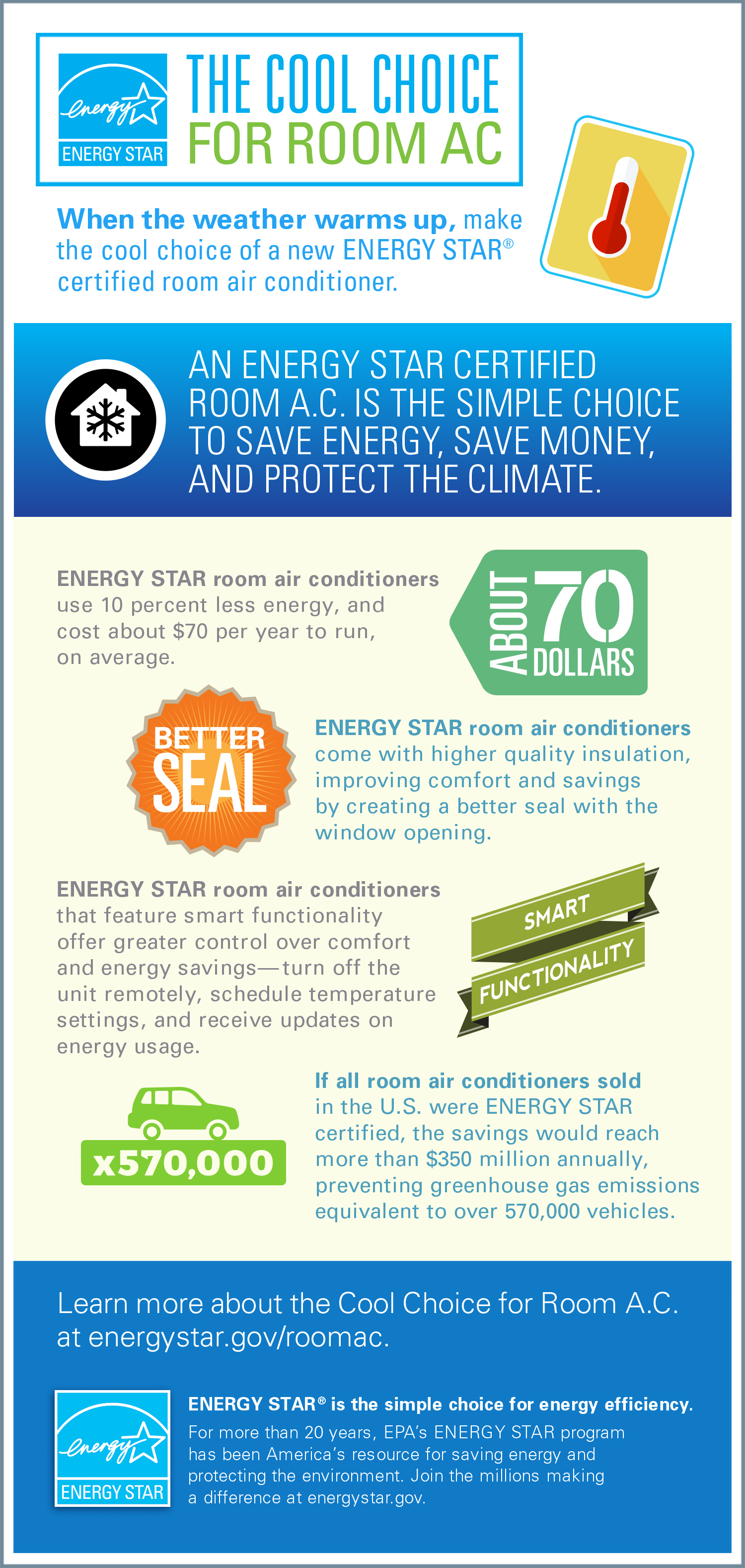The Ultimate Guide To Recognizing Warm Pumps - How Do They Function?
The Ultimate Guide To Recognizing Warm Pumps - How Do They Function?
Blog Article
Composed By-Forrest Hanna
The very best heat pumps can save you substantial amounts of cash on power bills. They can additionally help reduce greenhouse gas emissions, especially if you make use of power in place of fossil fuels like propane and home heating oil or electric-resistance heaters.
Heatpump function quite the same as air conditioning unit do. This makes them a feasible choice to conventional electrical home heater.
Exactly how They Work
Heat pumps cool homes in the summer and, with a little aid from electricity or gas, they offer a few of your home's heating in the winter season. They're a great alternative for individuals that wish to reduce their use of fossil fuels but aren't prepared to replace their existing furnace and a/c system.
They depend on the physical fact that even in air that appears also cold, there's still energy existing: warm air is always relocating, and it wants to move right into cooler, lower-pressure environments like your home.
Many power STAR certified heatpump operate at close to their heating or cooling ability throughout the majority of the year, lessening on/off cycling and saving power. For the very best efficiency, focus on systems with a high SEER and HSPF ranking.
best ducted heat pump system of the heat pump is the compressor, which is additionally referred to as an air compressor. This mechanical streaming gadget utilizes possible power from power creation to enhance the pressure of a gas by decreasing its volume. It is various from a pump because it only services gases and can't work with liquids, as pumps do.
Atmospheric air gets in the compressor with an inlet shutoff. heat pump repairs near me travels around vane-mounted arms with self-adjusting length that divide the interior of the compressor, developing multiple dental caries of differing size. The blades's spin pressures these dental caries to move in and out of phase with each other, compressing the air.
The compressor pulls in the low-temperature, high-pressure cooling agent vapor from the evaporator and presses it right into the hot, pressurized state of a gas. This process is duplicated as required to supply heating or air conditioning as called for. The compressor likewise has a desuperheater coil that reuses the waste heat and includes superheat to the cooling agent, altering it from its liquid to vapor state.
The Evaporator
The evaporator in heatpump does the very same point as it does in refrigerators and air conditioning system, altering liquid cooling agent into an aeriform vapor that eliminates warmth from the room. Heatpump systems would not work without this crucial tool.
This part of the system is located inside your home or structure in an interior air handler, which can be either a ducted or ductless device. It contains an evaporator coil and the compressor that presses the low-pressure vapor from the evaporator to high pressure gas.
Heatpump soak up ambient warmth from the air, and afterwards utilize electrical energy to transfer that warm to a home or business in heating mode. That makes them a whole lot extra power effective than electrical heating units or heating systems, and because they're utilizing tidy electrical power from the grid (and not shedding fuel), they also generate much fewer exhausts. That's why heatpump are such terrific environmental selections. (Not to mention a massive reason they're coming to be so prominent.).
The Thermostat.
Heat pumps are fantastic choices for homes in cool climates, and you can use them in mix with typical duct-based systems or even go ductless. They're a wonderful alternative to fossil fuel heater or traditional electric heaters, and they're more lasting than oil, gas or nuclear cooling and heating tools.
Your thermostat is the most important element of your heatpump system, and it functions extremely in a different way than a traditional thermostat. All mechanical thermostats (all non-electronic ones) work by using compounds that alter size with enhancing temperature level, like curled bimetallic strips or the increasing wax in a vehicle radiator shutoff.
These strips contain 2 different types of metal, and they're bolted together to form a bridge that completes an electric circuit attached to your HVAC system. As the strip obtains warmer, one side of the bridge broadens faster than the other, which causes it to flex and indicate that the heater is required. When the heat pump is in heating mode, the reversing valve turns around the circulation of refrigerant, so that the outside coil currently operates as an evaporator and the interior cyndrical tube comes to be a condenser.